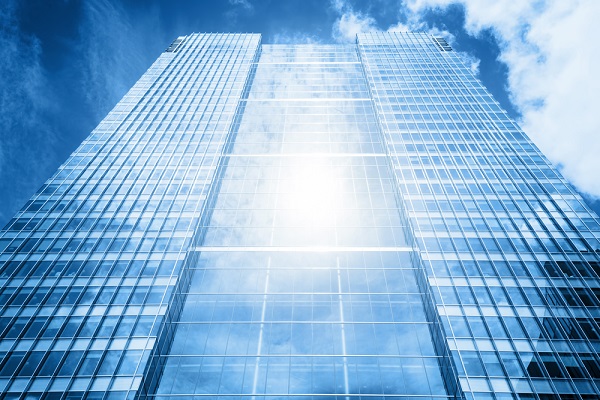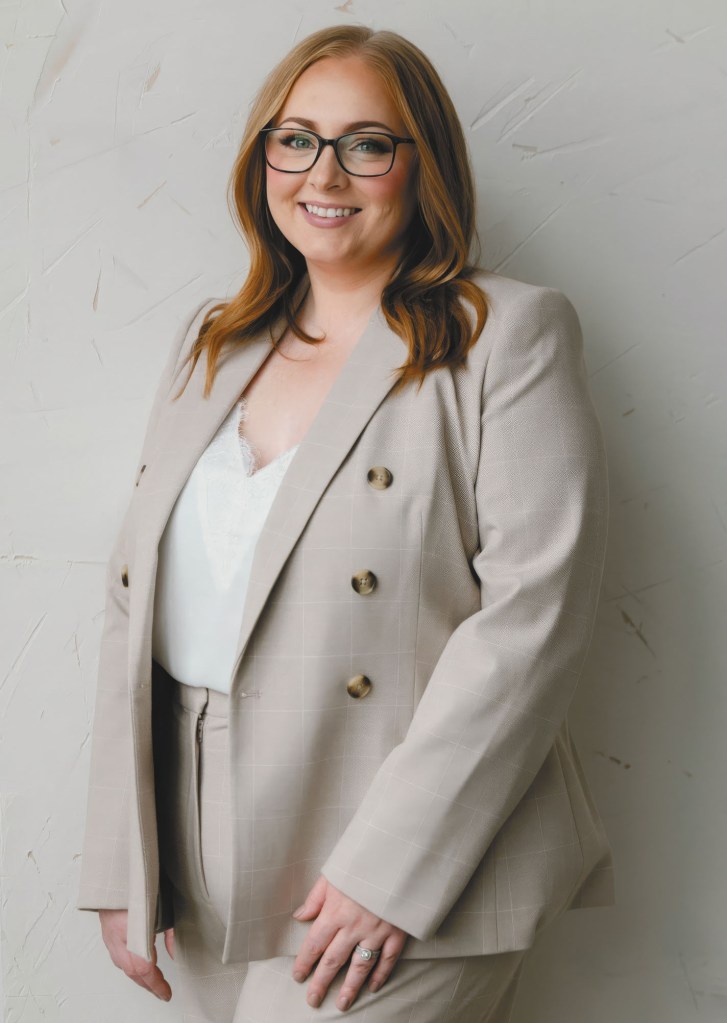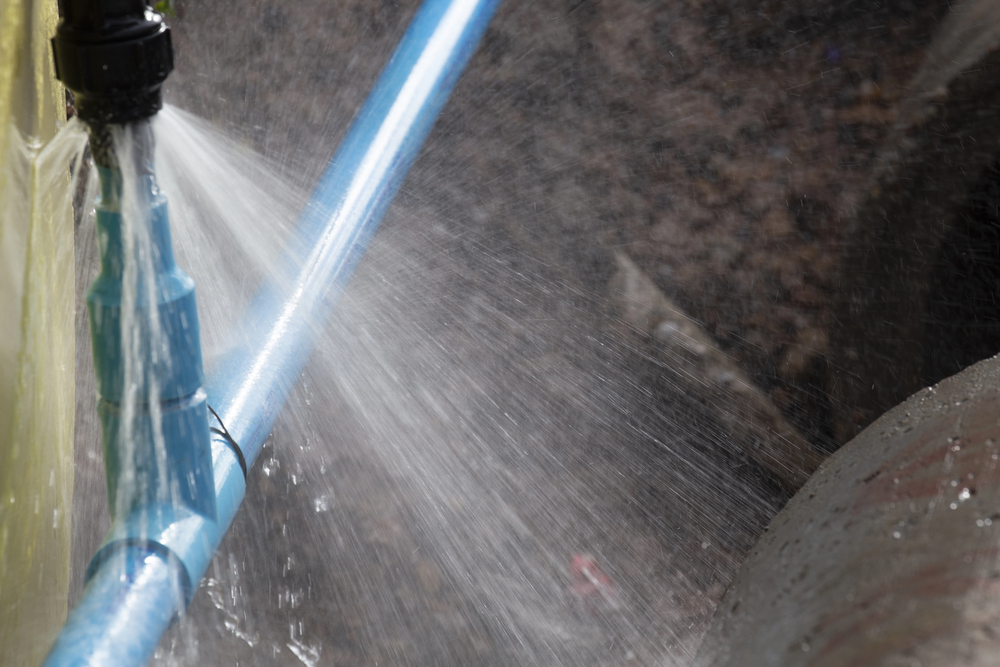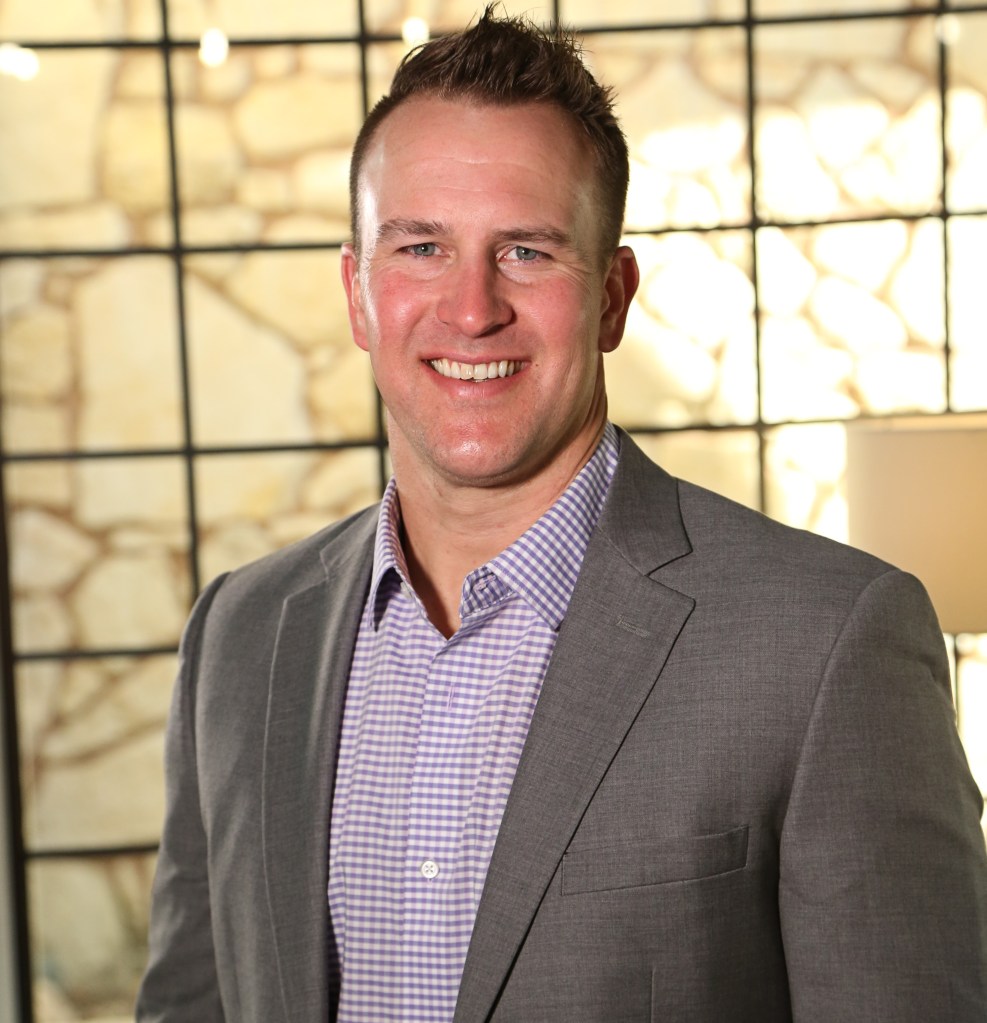Environmental Liability Concerns Abound as Offices Reopen After COVID-19

By: Olivia Overman
It’s been close to two years since the World Health Organization declared COVID-19 a pandemic and millions of people abruptly began working from home. Now that some companies are physically reopening and looking to have employees return to work in some form or other, there are logistical matters to consider—like how has the building or office been maintained throughout the lockdown?
For environmental liability insurers, there are several concerns to take into consideration. “We expect indoor air quality issues and related claims to pick up as buildings start to reopen,” says Timothy Donnellon, senior broker, environmental, Burns & Wilcox. “This will also contribute to roads and highways becoming congested again, alongside construction, transportation and manufacturing activities returning to pre-COVID-19 levels—all of which will impact a higher frequency of transportation and waste disposal claim activity.”
For agents looking to assist their clients with purchasing environmental liability coverage, additional information will be needed to secure such coverage. Ask questions such as:
- How were those buildings maintained during the pandemic?
- Are they still vacant?
- Are they partially or fully occupied?
Since COVID-19 and with the shutdown, carriers are asking additional questions before providing coverage such as:
- How was the HVAC system maintained?
- Is there maintenance or security on site?
- Were the doors locked and sealed and everything turned off for the most part, especially for Class A type office buildings?
“From an underwriting perspective, the trend is that carriers are asking a lot more questions,” says John Heft, senior vice president, RT Specialty. For example, “buildings that weren’t maintained and that may have had their HVAC system shut off for six months or so—the expectation is that you’re probably going to encounter mold issues,” Heft says.
Bacteria, fungi and mold are the three biohazards that carriers are expecting to see an increase in once buildings reopen.
“I would expect to see these hazards increase and I expect that 99% of commercial buildings do not have effective environmental insurance for biohazards,” says David J. Dybdahl, president, ARMR. “It’s also imperative to note that biohazards are excluded or severely sublimited in all property and liability policies.”
“We’re anticipating more sick buildings and an increase in Legionnaires’ disease and deaths because of Legionella bacteria that live in warm, stagnant water,” Dybdahl says.
Agents can assist clients by preemptively asking clients information about their risk. “If they can confirm somebody was on site and made sure the air conditioning was on during the summer and the relative humidity was maintained at a level that would inhibit any type of mold growth, then agents should take that information and include it with their submission package to the carrier,” Heft says.
Additionally, confirming a client has “a water management plan would assist them in managing any type of potential Legionella issue,” Heft says.
Unfortunately, it appears that “less than 10% of commercial buildings actually are insured under functional environmental insurance policies,” Dybdahl says. The best way to increase this percentage is “to train the distribution channel,” he says.
Further, the most effective way to sell environmental insurance is “to start with risk identification and identify any coverage gaps for the client and then offer to close it with a premium benchmark,” Dybdahl says.
Another tip: Review your current book of business and “make sure you offer terms at next renewal for environmental coverage on every account,” Donnellon says. “If the client decides not to purchase it, you at least have done them the service of making them aware of the pollution exclusion in their general liability policy and you have done your job as a risk manager for your client with regards to environmental liability.”
Environmental liability insurance for premises, such as coverage for mold microbial matter, Legionella and cleanup; third-party liability for contaminants, such as lead-based paint in older buildings; and cleanup resulting from inadvertent disturbance are all “important coverages,” Heft adds. “Environmental insurance claims are some of the most difficult to navigate and they can be some of the most expensive to settle.”
Olivia Overman is IA content editor.










